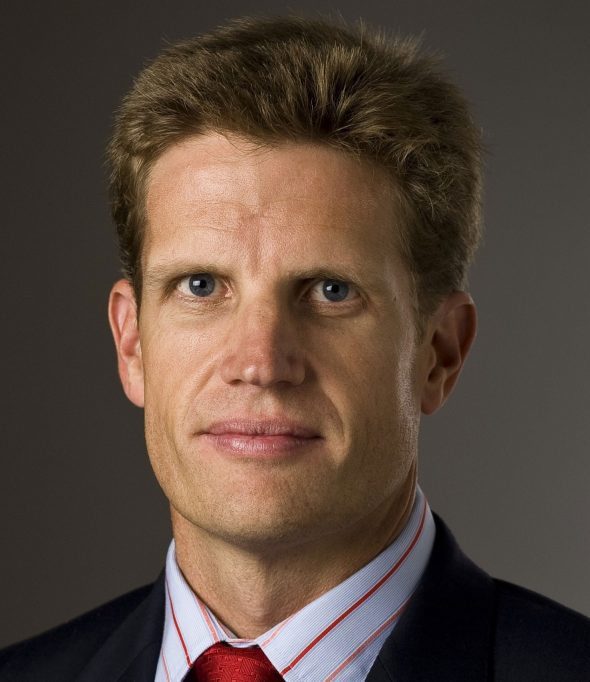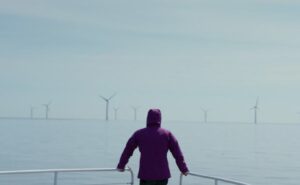The recent call by the New South Wales government to scrap the federal government’s Large Scale Renewable Energy Target (LRET) is misguided and puts at risk billions of dollars in investment in regional and rural Australia. If governments want renewable energy at “least cost, they should put their faith in the LRET and ensure that investors are not pushed to “fly” out of the country.
As the AEMC said in its Power of Choice review last week, the cost of green initiatives is small compared to the 94 per cent accounted for electricity transmission, distribution, generation and retail.
Last year, global clean energy investment topped $US260 billion with renewable energy delivering close to 20 per cent of all global electricity production from 2008-2010 and accounting for roughly half of all new power generating capacity added in 2010.
From an investor perspective, Australia has the right settings to ensure that it can capitalise on opportunities in clean energy – locally, regionally and globally.
However, public sniping by vested interest groups and continued “questioning” of the science of global warming by non-scientists has eroded confidence and certainty for companies like Pacific Hydro and – equally importantly – in regional communities, where much of the investment and jobs growth is set to flow.
With countries like Chile and Brazil taking the lead in clean energy, we have increased our investment in South America, which now approaches $1.5 billion.
Brazil, with a population nine times the size of Australia and an economy almost three times as large, globally dominates clean fuel developments with more than 80 per cent of its electricity generated from renewable energy. The state of Rio de Janeiro is proposing the country’s first emissions trading scheme.
Brazil proves the point that recognising energy security, jobs and investment come from enabling clean energy and low carbon and these enhance the country’s comparative advantage in natural resource extraction.
In contrast, investment in Australia has been hamstrung for the last decade as a result of policy reviews, regulatory change and unending attacks largely coming from fossil fuel interests keen to mitigate any change to the status quo.
Policy and regulatory certainty driven by those whose commercial interest is their own, not Australia’s, is placing Australia in a weaker and riskier position globally. Perversely, given the parties who are causing the uncertainty, the risk is affecting both the fossil fuel and clean energy future of Australia.
Certainty is dogged internationally on an annual basis as the United Framework Convention on Climate Change (UNFCCC) continues a slow build on a binding international agreement to reduce emissions.
Despite this, we continue to see a long list of commitments by nations to take meaningful action at a national level including the countries highlighted in The Climate Institute’s recent Global Climate Leadership Review – India, China, Brazil, Saudi Arabia, South Africa, Mexico and the United States.
While a grand global deal to reduce emissions may still be some years away, it does not justify ignorance of investment trends.
It is patently clear that global emissions trading will continue to grow dramatically via the actions and policies of individual nations and trading blocks. Countries preparing themselves now will be the ultimate economic winners.
Because the conservative side of Australian politics and the fossil fuel lobby do not want to accept that our energy future is going to require us to exploit all of clean energy resources to remain competitive with our global competitors and attractive to our trading partners we are at risk of missing out on a globally significant clean energy investment boom.
Rob Grant is the CEO of Pacific Hydro








